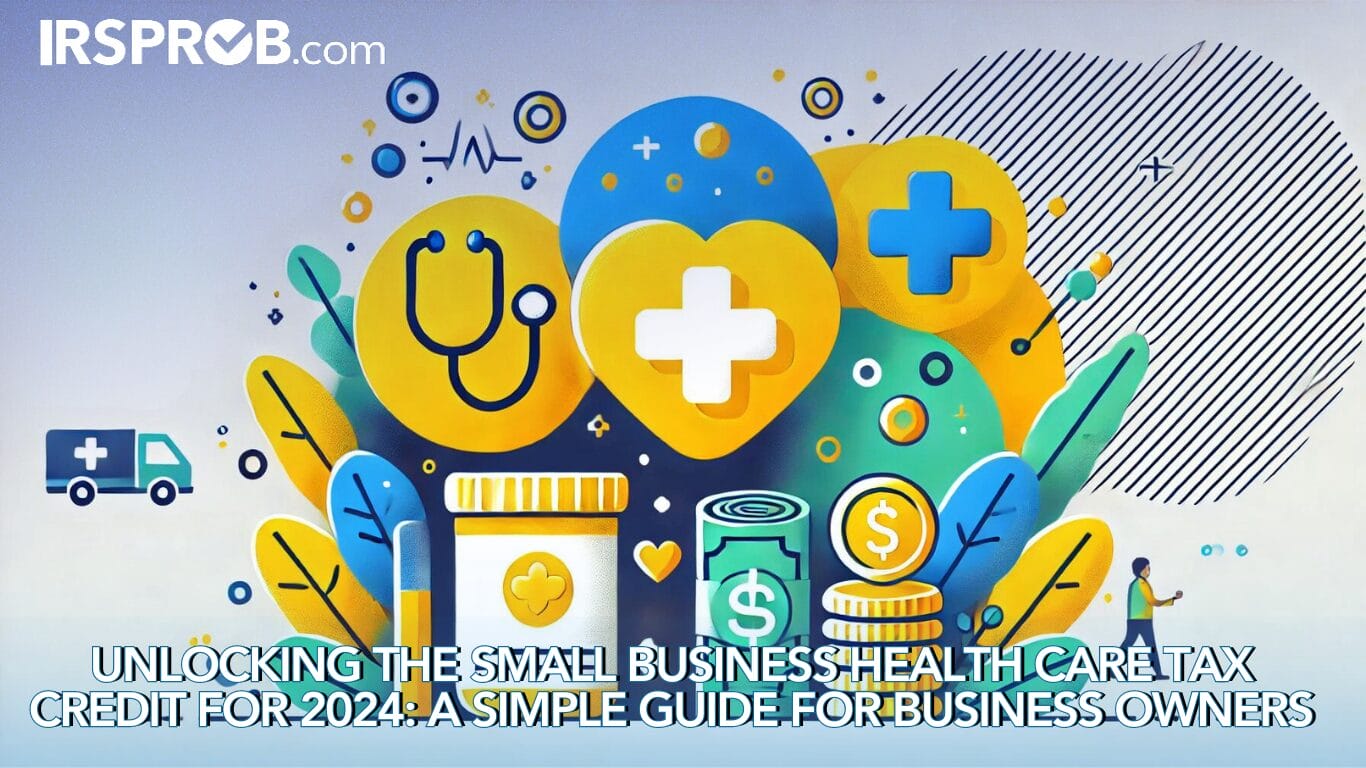
As a small business owner, you’re constantly looking for ways to manage costs while keeping your employees satisfied. One area where you can save significantly is through the Small Business Health Care Tax Credit, designed to provide financial relief for businesses that offer health insurance to their employees. Here’s a breakdown of what you need to know about qualifying for this tax credit in 2024.
What Is the Small Business Health Care Tax Credit?
The Small Business Health Care Tax Credit helps small employers, including tax-exempt organizations, offset the cost of providing health insurance to their employees. For businesses, it’s a great way to reduce expenses while taking care of your workforce. However, to benefit from this credit, you must meet certain eligibility requirements, which we’ll explain in detail below.
Do You Qualify? Three Simple Steps to Find Out
- Does your business pay at least 50% of the employee insurance premiums at the single (employee-only) coverage rate?
If the answer is no, unfortunately, you don’t qualify for this credit. If yes, continue to step two. - Determine the total number of employees (not counting owners or family members):
You’ll need to calculate both your full-time employees (those working at least 40 hours a week) and your full-time equivalent employees (FTEs). To determine FTEs, divide the total annual hours of your part-time employees by 2,080 (the total hours for a full-time worker). If your total number of employees is less than 25, move on to step three. - Calculate the average annual wages of your employees (excluding owners and family members):
To do this, divide the total annual wages (Medicare wages) paid to your employees by the number of employees you calculated in step two. If the result is less than $64,800 for 2024, you may qualify for the credit!
How the Credit is Calculated
The credit is directly tied to the number of employees and their wages:
- If you have fewer than 10 full-time employees (FTEs) and your employees’ average annual wages are less than $32,400, you may qualify for the full credit.
- The credit gradually decreases as the number of employees and the average wages increase. If your business has more than 25 FTEs or average annual wages exceed $64,800, you won’t be eligible for the credit.
It’s also essential to know that this credit is only available if health insurance is purchased through a Small Business Health Options Program (SHOP) marketplace. Make sure you’re enrolled through the correct channels to avoid any issues when claiming the credit.
Excluded Employees and Seasonal Workers
Owners, family members, and certain shareholders aren’t included when calculating your FTEs or average wages. Seasonal workers who work fewer than 120 days a year also don’t count towards your total FTEs. However, premiums you pay on their behalf do contribute to the credit calculation.
Maximizing Your Benefit: Other Considerations
While the Small Business Health Care Tax Credit is a fantastic opportunity, it’s only available for two consecutive years. This means that if you’ve already claimed it in the past, you’ll need to evaluate whether you’re still eligible in 2024. The good news is that businesses can claim this credit retroactively, so even if you missed out on previous years, you may still benefit by amending your tax returns.
Additional Strategies for Health Care Savings
If you’re providing health care benefits to your employees, you might also consider implementing a Section 125 cafeteria plan, which allows employees to pay their health insurance premiums with pre-tax dollars. This can further reduce your taxable payroll and help employees maximize their take-home pay.
Additionally, with changes in the tax code and fluctuating insurance markets, it’s critical to stay informed about other potential savings opportunities, such as health reimbursement arrangements (HRAs) or wellness programs, which could also offer tax advantages.
What Should You Do Next?
With the complexities of tax credits and health care legislation, small business owners should consult with a tax professional to ensure they’re making the most of available benefits. The Small Business Health Care Tax Credit can provide significant savings if you qualify, and understanding how to navigate these rules can result in substantial tax relief for your business.
If you think you may qualify for this credit, don’t hesitate to reach out for professional tax advice to guide you through the process. Proper planning and early action can help you avoid missed opportunities and ensure that your business is fully leveraging available tax incentives.







